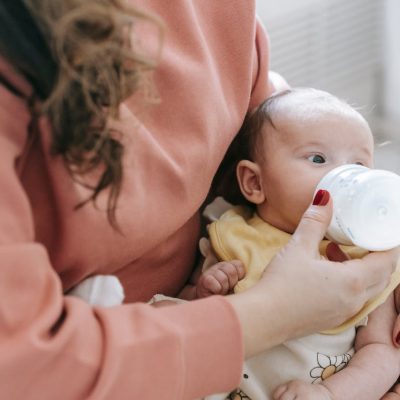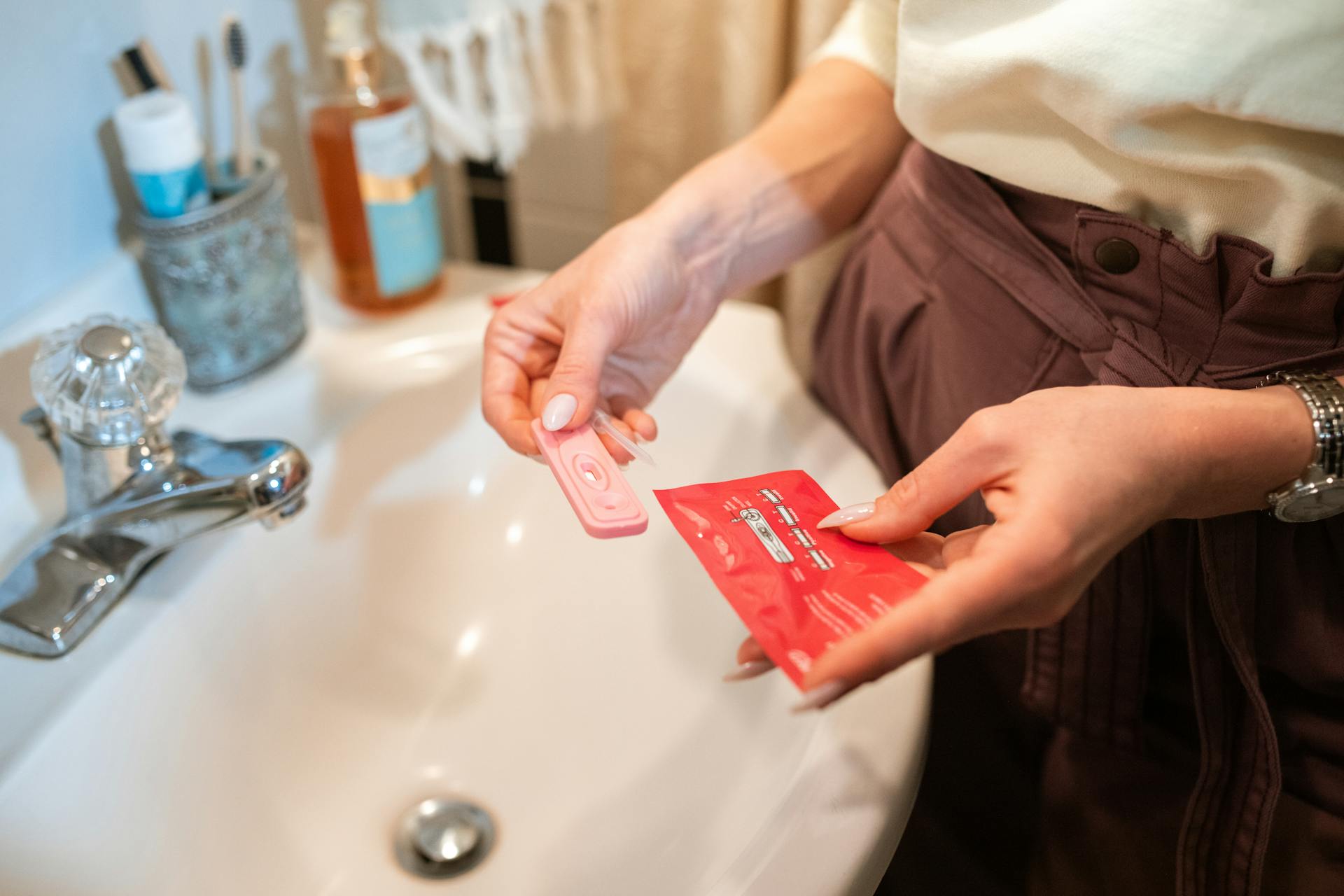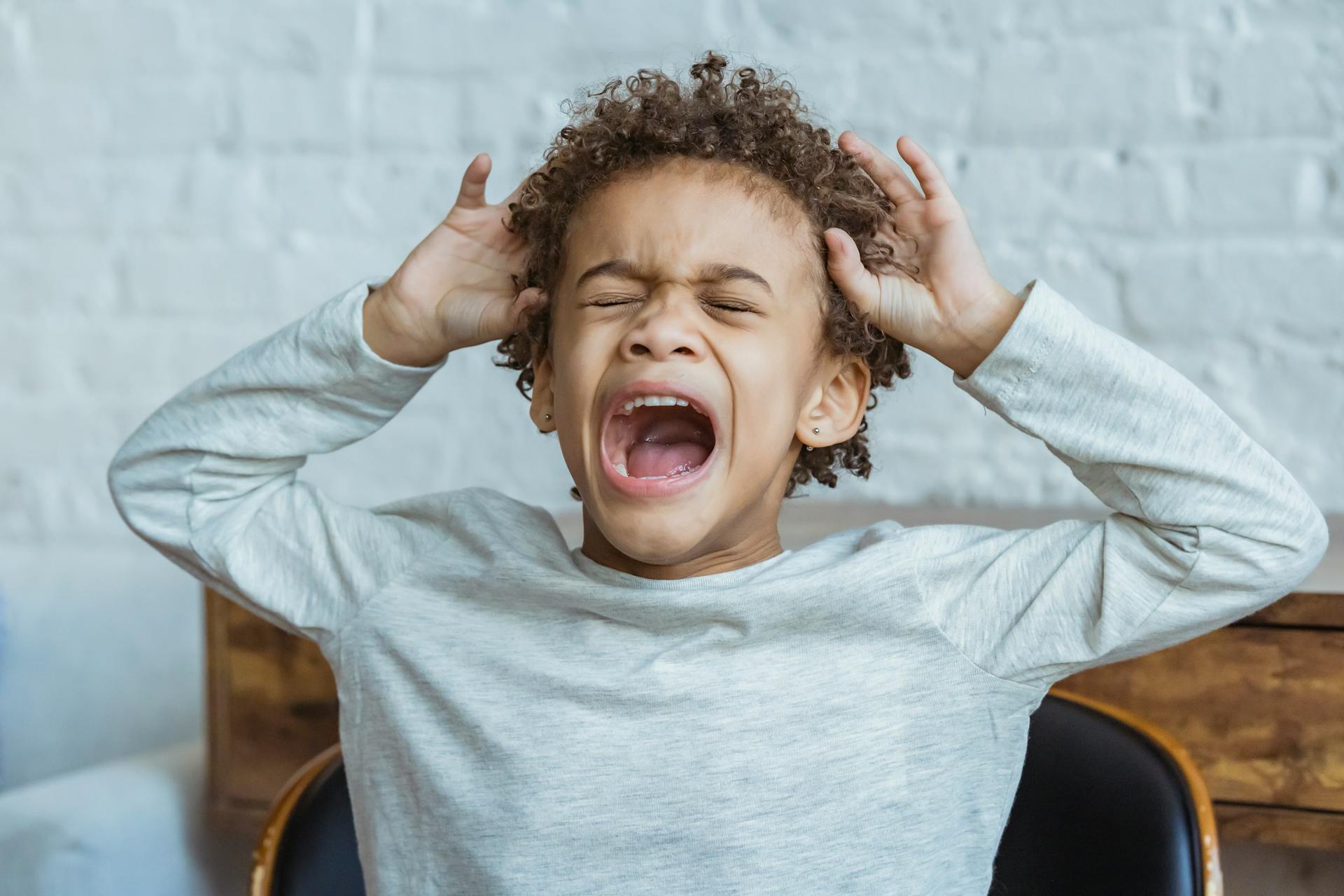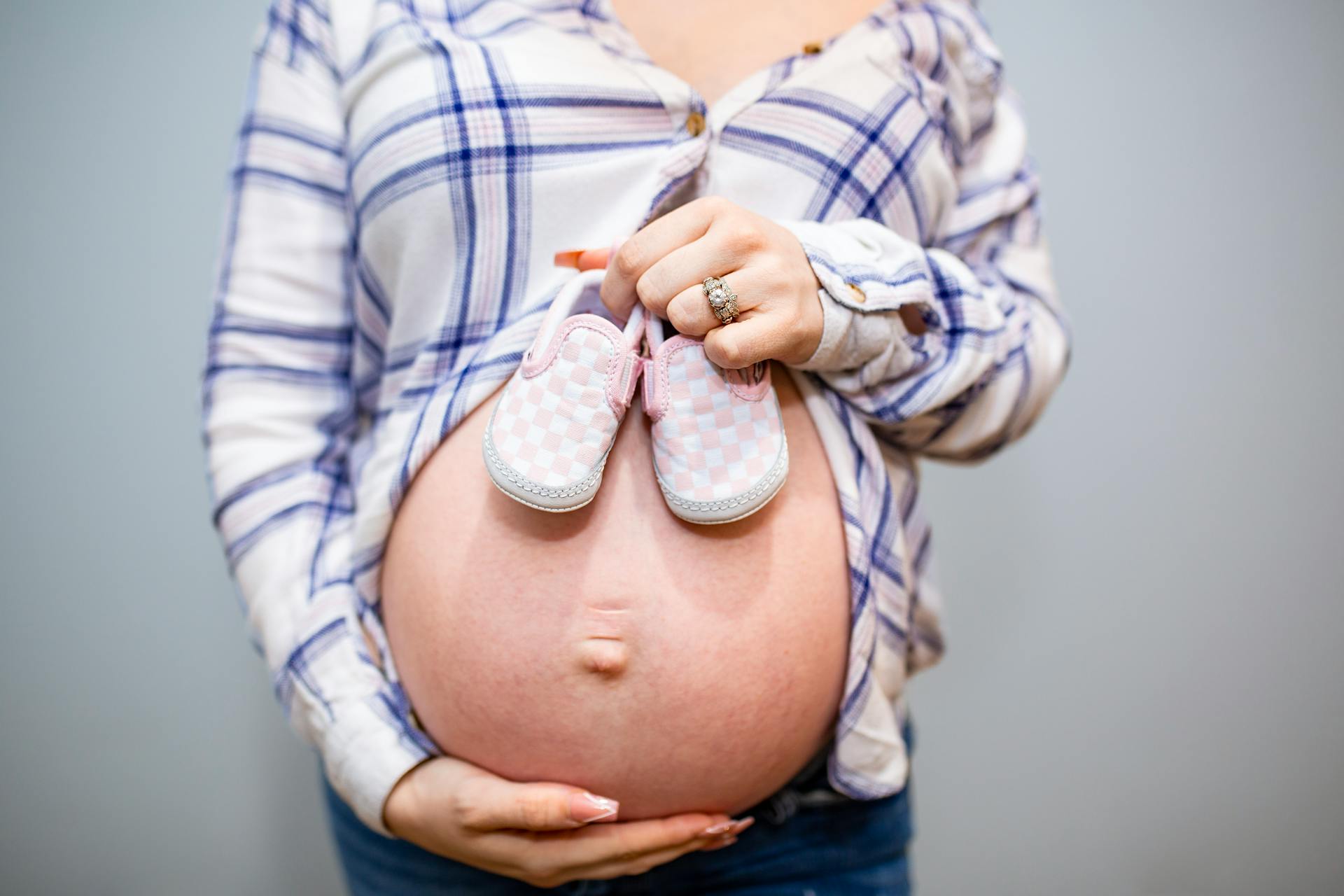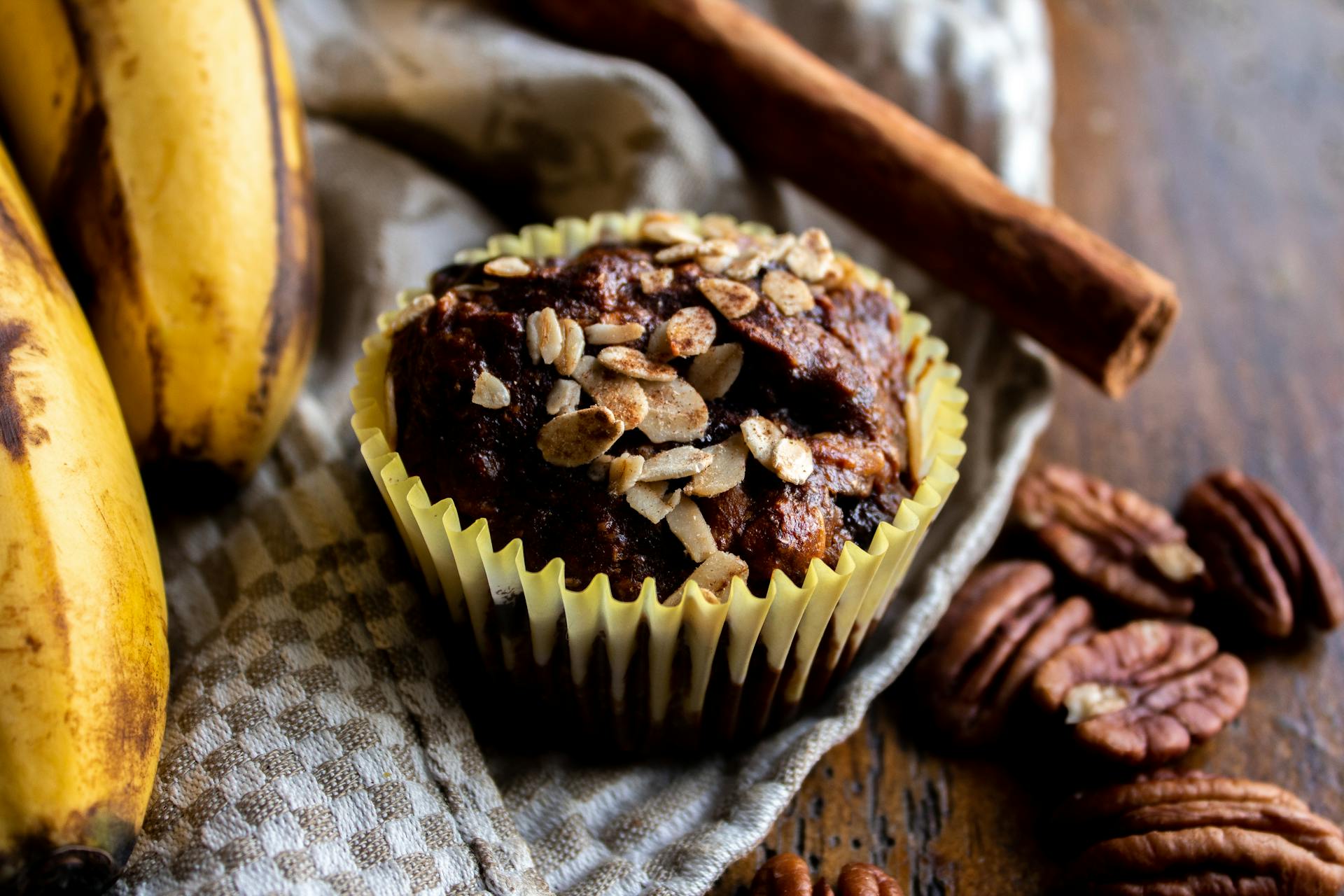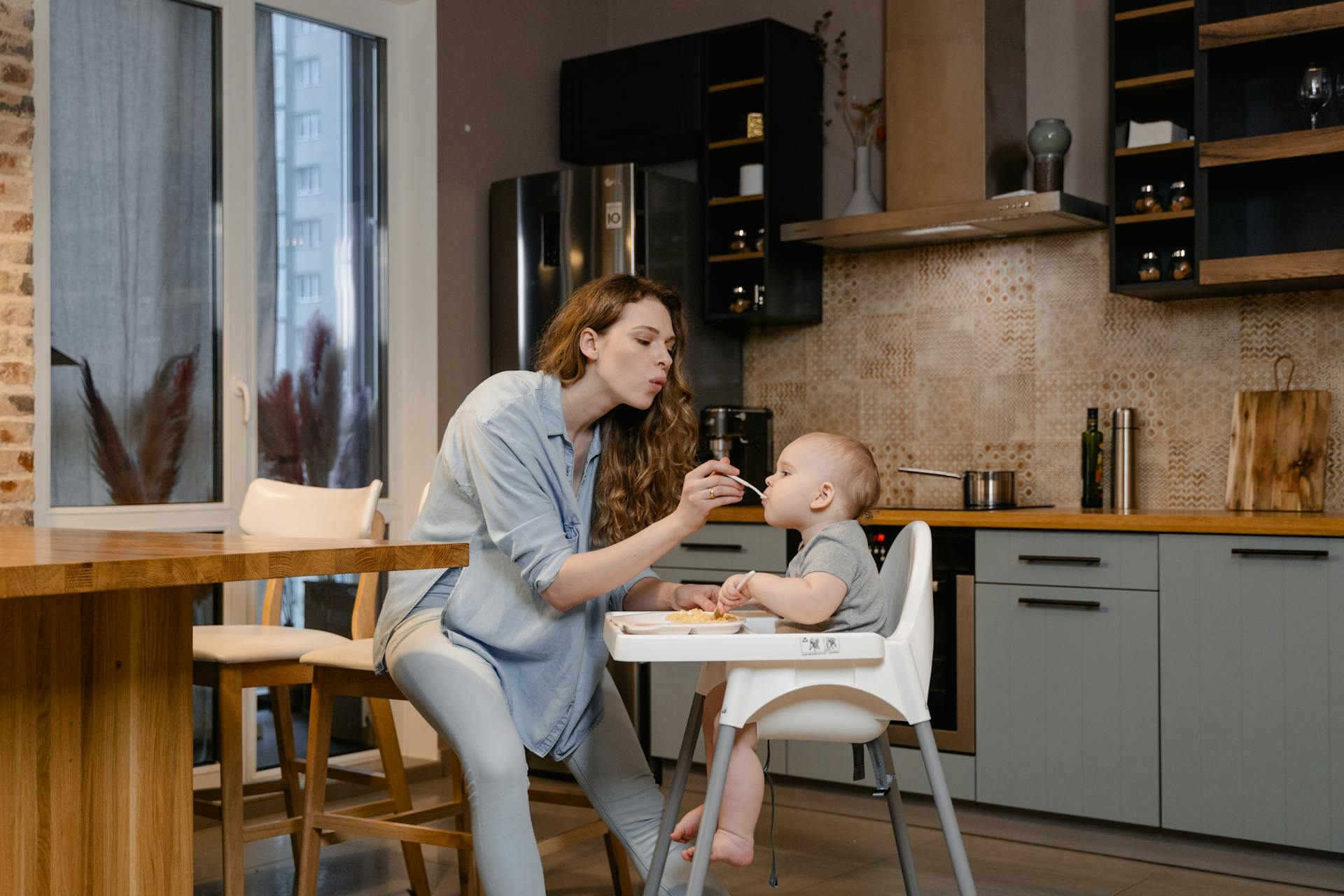If you’ve ever wondered “When am I likely to be most fertile?”, you’re not alone. Whether you’re trying to conceive, practicing natural family planning, or just want to understand your body better, knowing when you’re most fertile can make a big difference.
Your fertility window isn’t random it’s a fascinating combination of hormones, timing, and body signals. In this friendly guide, we’ll explore what it means to be most fertile, how to track your fertile days, and how modern research helps women plan with confidence.
What Does “Most Fertile” Really Mean?
Being “most fertile” means your body is in the part of your menstrual cycle where pregnancy is most likely to occur. This happens when an egg is released (ovulation) and sperm are present to fertilize it.
According to Johns Hopkins Medicine, an egg lives for 12 to 24 hours after ovulation, but sperm can survive inside the female reproductive tract for up to five days. This means your fertile window typically lasts six days — the five days before ovulation and the day of ovulation itself.
MedlinePlus also notes that conception is most likely if intercourse happens one to two days before ovulation, when cervical mucus helps sperm travel more easily.
Understanding the Fertile Window
The fertile window is the sweet spot in your cycle when sperm and egg can actually meet. The American College of Obstetricians and Gynecologists (ACOG) states that your best chances of conception are during this six-day window.
If you have a regular 28-day cycle, ovulation usually happens around day 14, counting from the first day of your last period. However, every woman’s cycle is unique — stress, sleep, diet, and hormones can all shift that timing.
The NHS confirms that some women may ovulate earlier or later than expected, and relying solely on calendar counting can be misleading.
A 2024 study published in Human Reproduction found that even women with “regular” cycles can ovulate anywhere between days 10 and 20, meaning your fertile window might move from month to month.
How to Tell When You’re Most Fertile
Every body gives subtle clues when it’s gearing up for ovulation. Here are the most reliable ways to spot them:
1. Track Your Menstrual Cycle
Cycle tracking is the foundation of fertility awareness. Apps like Clue or Flo can help, but even a simple calendar works.
- Day 1 = first day of your period.
- If you have a 28-day cycle, ovulation is often around day 14.
- If your cycle is longer (say 32 days), ovulation might occur around day 18.
As Healthline explains, ovulation generally occurs about 14 days before your next period — not necessarily 14 days after your last one.
2. Observe Cervical Mucus Changes
This is one of the most natural and reliable fertility signs.
As estrogen rises before ovulation, your cervical mucus becomes clear, stretchy, and slippery — like raw egg whites.
According to Mayo Clinic, this mucus helps sperm swim and survive longer. When you notice this texture, you’re likely in your most fertile phase.
3. Monitor Your Basal Body Temperature (BBT)
Your basal body temperature — the temperature when you first wake up — rises slightly after ovulation due to progesterone.
WebMD notes that charting your BBT over several months can show patterns in your ovulation. The temperature spike means ovulation has already occurred, so you can use this information to better predict your next fertile window.
4. Use Ovulation Predictor Kits (OPKs)
OPKs detect the surge in luteinizing hormone (LH) that happens 24–36 hours before ovulation.
As Cleveland Clinic explains, getting a positive result means you’re entering your most fertile days. Having sex within 12–24 hours of a positive test gives you the best chance of conception.
Common Myths About Fertility
There are many misconceptions about fertility windows. Let’s clear up a few:
❌ Myth 1: You can only get pregnant on the day of ovulation
Actually, sperm can live inside you for up to five days. That’s why the days before ovulation are also highly fertile (Healthline).
❌ Myth 2: Every woman ovulates on day 14
While day 14 is an average, only about 30% of women actually ovulate that day. Many ovulate earlier or later (NHS).
❌ Myth 3: Fertility apps are always accurate
Apps can be helpful, but they’re based on algorithms — not real-time biology. The Guardian recently reported that many fertility apps miscalculate fertile days, especially for irregular cycles.
Factors That Can Affect Your Fertility Timing
Even if you track perfectly, certain factors can alter when you ovulate:
- Stress and lack of sleep: NIH research shows that stress hormones can suppress ovulation.
- Weight and nutrition: Being underweight or overweight can affect hormonal balance (Mayo Clinic).
- Age: Fertility naturally declines after 35 due to fewer quality eggs (CDC).
- Medical conditions: PCOS, thyroid disorders, and endometriosis can disrupt ovulation (Cleveland Clinic).
If your periods are irregular or you’ve been trying to conceive for over a year (or 6 months if over 35), the CDC recommends consulting a fertility specialist.
How to Maximize Your Chances During the Fertile Window
Once you know when you’re most fertile, timing is everything.
Here’s what experts recommend:
- Have sex every 1–2 days during your fertile window.
This ensures sperm are ready and waiting when the egg is released (WebMD). - Maintain a balanced diet.
Foods rich in folate, zinc, and omega-3s can support reproductive health (Harvard Health). - Avoid smoking and limit alcohol.
These are linked to lower fertility in both men and women (WHO). - Exercise moderately.
Regular activity can boost fertility, but excessive workouts can disrupt ovulation (Mayo Clinic). - Get enough sleep.
Poor sleep can affect hormone balance and ovulation timing (Sleep Foundation).
What If You’re Trying to Avoid Pregnancy?
If your goal is to avoid pregnancy, knowing when you’re most fertile can still help — but with caution.
Natural family planning (NFP) or fertility awareness methods can be effective if used correctly, but according to Planned Parenthood, typical use failure rates can be as high as 23%.
For better results, combine tracking methods (like OPKs and mucus observation) and use condoms outside the safe window.
Emotional Side of Fertility
Understanding your fertile days can bring relief — but also stress if conception doesn’t happen right away.
Verywell Health reminds couples that it’s completely normal for conception to take several cycles. Even with perfect timing, healthy couples under 35 have about a 20–25% chance per month of conceiving.
If you’ve been trying for a while, don’t lose hope. Emotional well-being, patience, and support from your partner make a real difference.
Final Thoughts
Knowing when you’re likely to be most fertile is one of the most empowering pieces of information you can have about your body.
To summarize:
- Your fertile window lasts about 6 days each cycle.
- Ovulation occurs about 14 days before your next period.
- Tracking cervical mucus, LH surges, and temperature helps identify your fertile days.
- Lifestyle factors like diet, stress, and sleep also influence fertility.
If you’re planning for pregnancy, time intercourse in the 3–5 days before ovulation and on the ovulation day itself. And if things take longer than expected, reach out to a healthcare provider — support and options are available.
Understanding your fertility isn’t just about getting pregnant — it’s about feeling connected, confident, and informed about your body’s natural rhythm.


